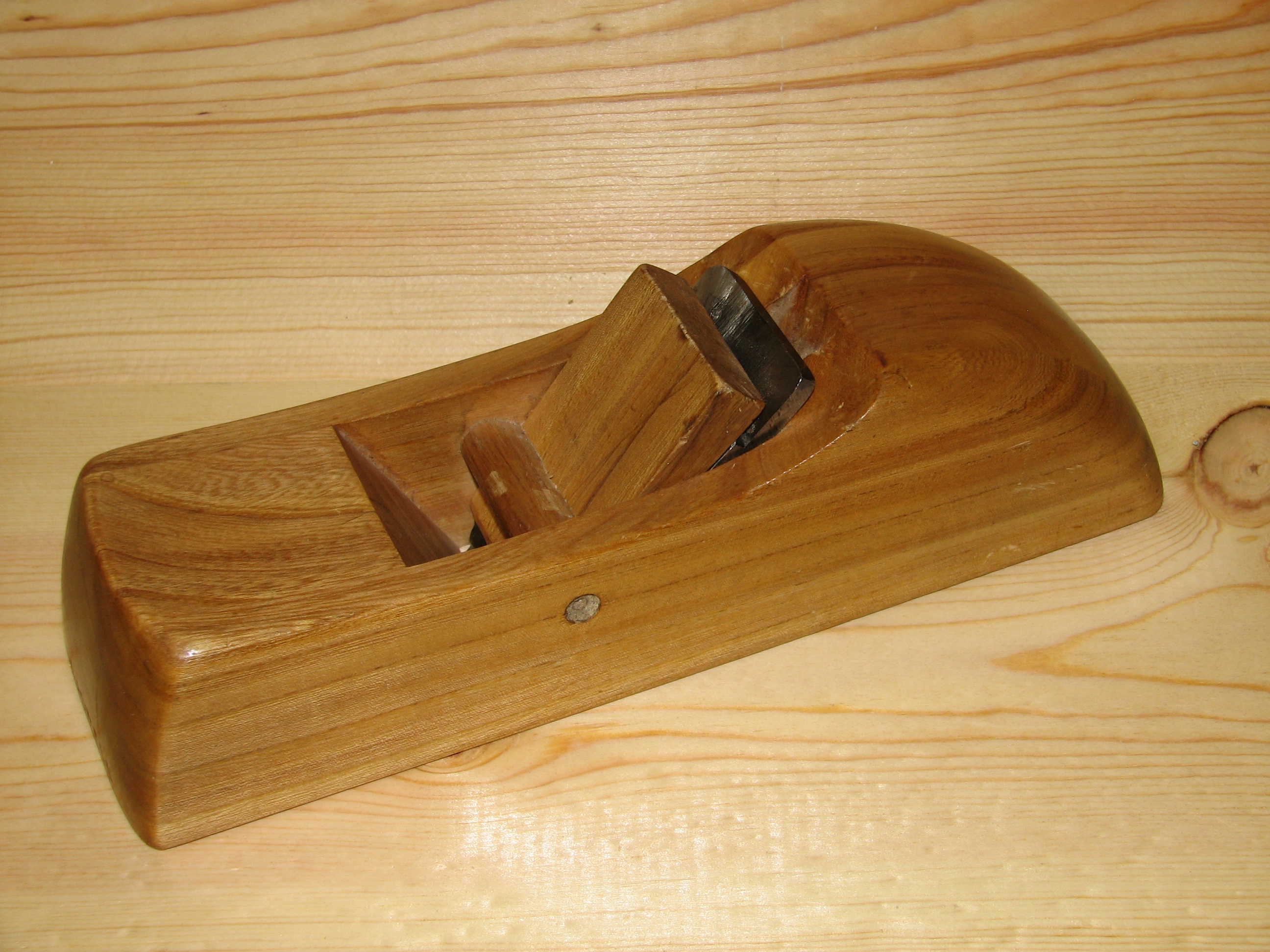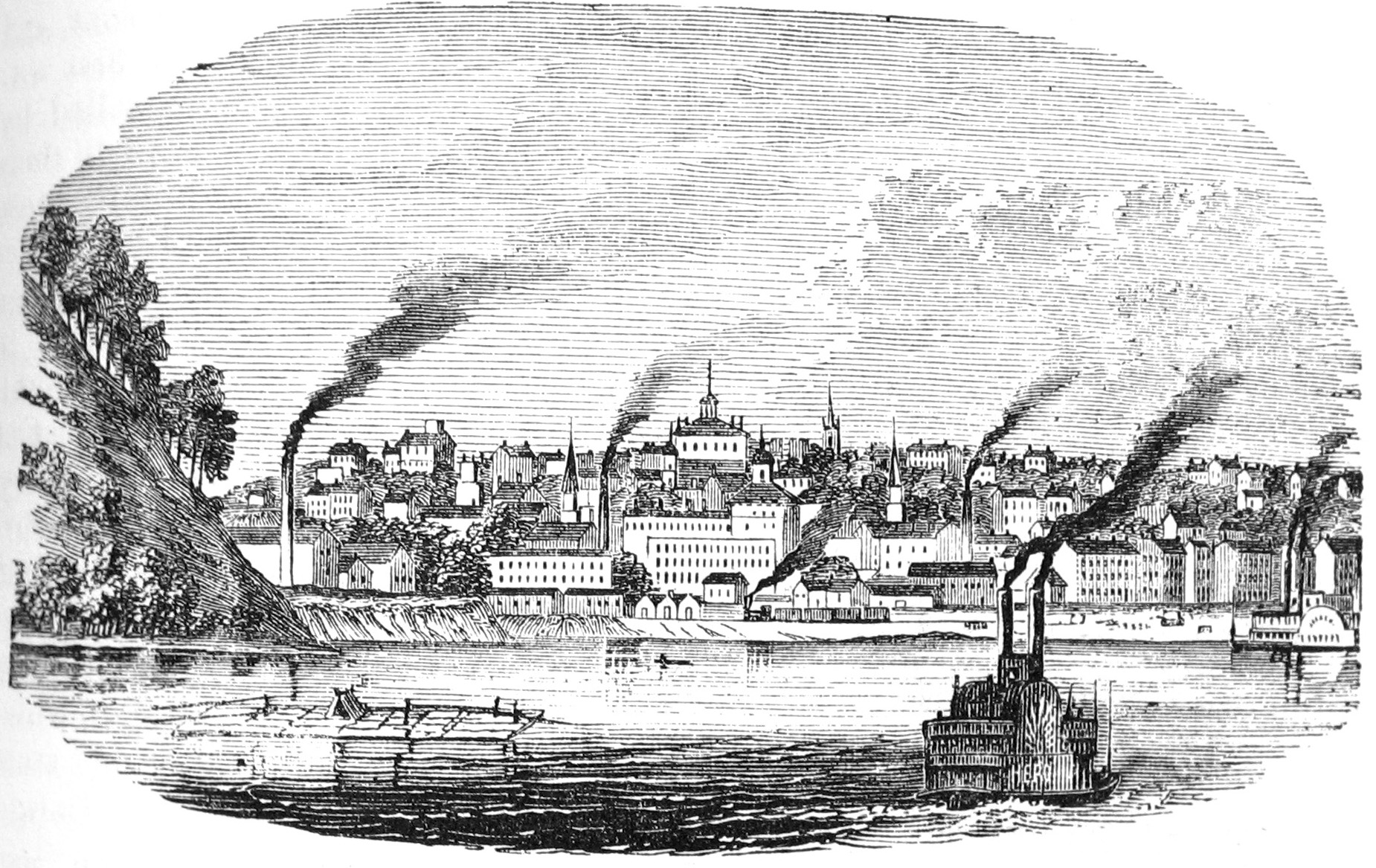|
Ulmus 'Iowa State'
The American Elm cultivar ''Ulmus americana'' 'Iowa State' was cloned in the 1980s from a tree discovered by Professor Alexander (Sandy) McNabb of Iowa State University as the sole survivor in of diseased elm at Burlington. Description The tree is possessed of a fastigiate, thickly-branched habit, but has relatively weak branch unions owing to acute angles of attachment leading to bark inclusions. Pests and diseases 'Iowa State' was reported in the ''American Horticulturist'' News Edition, 63(5):4, 1984, as "a natural selection from southeastern Iowa, highly resistant to Dutch elm disease when inoculated". The species as a whole is highly susceptible to Elm Yellows; it is also moderately preferred for feeding and reproduction by the adult Elm Leaf Beetle ''Xanthogaleruca luteola'', and highly preferred for feeding by the Japanese Beetle ''Popillia japonica'' in the United States. ''U. americana'' is also the most susceptible of all the elms to verticillium wilt Verticilli ... [...More Info...] [...Related Items...] OR: [Wikipedia] [Google] [Baidu] |
Ulmus Americana
''Ulmus americana'', generally known as the American elm or, less commonly, as the white elm or water elm, is a species of elm native to eastern North America, naturally occurring from Nova Scotia west to Alberta and Montana, and south to Florida and central Texas. The American elm is an extremely hardy tree that can withstand winter temperatures as low as −42 ° C (−44 ° F). Trees in areas unaffected by Dutch elm disease (DED) can live for several hundred years. A prime example of the species was the Sauble Elm, which grew beside the banks of the Sauble River in Ontario, Canada, to a height of 43 m (140 ft), with a d.b.h of 196 cm (6.43 ft) before succumbing to DED; when it was felled in 1968, a tree-ring count established that it had germinated in 1701. For over 80 years, ''U. americana'' had been identified as a tetraploid, i.e. having double the usual number of chromosomes, making it unique within the genus. However, a study published in 2011 by t ... [...More Info...] [...Related Items...] OR: [Wikipedia] [Google] [Baidu] |
Cultivar
A cultivar is a type of cultivated plant that people have selected for desired traits and when propagated retain those traits. Methods used to propagate cultivars include: division, root and stem cuttings, offsets, grafting, tissue culture, or carefully controlled seed production. Most cultivars arise from purposeful human manipulation, but some originate from wild plants that have distinctive characteristics. Cultivar names are chosen according to rules of the International Code of Nomenclature for Cultivated Plants (ICNCP), and not all cultivated plants qualify as cultivars. Horticulturists generally believe the word ''cultivar''''Cultivar'' () has two meanings, as explained in '' Formal definition'': it is a classification category and a taxonomic unit within the category. When referring to a taxon, the word does not apply to an individual plant but to all plants that share the unique characteristics that define the cultivar. was coined as a term meaning "cultivated var ... [...More Info...] [...Related Items...] OR: [Wikipedia] [Google] [Baidu] |
Iowa State University
Iowa State University of Science and Technology (Iowa State University, Iowa State, or ISU) is a public land-grant research university in Ames, Iowa. Founded in 1858 as the Iowa Agricultural College and Model Farm, Iowa State became one of the nation's first designated land-grant institution when the Iowa Legislature accepted the provisions of the 1862 Morrill Act on September 11, 1862, making Iowa the first state in the nation to do so. On July 4, 1959, the college was officially renamed Iowa State University of Science and Technology. Iowa State is classified among "R1: Doctoral Universities – Very high research activity". The university is home to the Ames Laboratory, one of ten national U.S. Department of Energy Office of Science research laboratories, the Biorenewables Research Laboratory, the Plant Sciences Institute, and various other research institutes. Iowa State is the second-largest university in the State of Iowa by undergraduate enrollment. The university's ... [...More Info...] [...Related Items...] OR: [Wikipedia] [Google] [Baidu] |
Burlington, Iowa
Burlington is a city in, and the county seat of, Des Moines County, Iowa, Des Moines County, Iowa, United States. The population was 23,982 in the 2020 United States Census, 2020 census, a decline from the 26,839 population in 2000 United States Census, 2000. Burlington is the center of a Burlington micropolitan area, micropolitan area, which includes West Burlington, Iowa, West Burlington and Middletown, Iowa, and Gulfport, Illinois. Burlington is the home of Snake Alley (Burlington, Iowa), Snake Alley, the most crooked street. History Prior to European settlement, the area was neutral territory for the Sac (tribe), Sac and Fox (tribe), Fox Native American tribes, who called it Shoquoquon (''Shok-ko-kon''), meaning Flint Hills. In 1803, President Thomas Jefferson organized two parties of explorers to map the Louisiana Purchase. The Lewis and Clark Expedition followed the Missouri River, while Zebulon Pike, Lt. Zebulon Pike followed the Mississippi River. In 1805, Pike landed a ... [...More Info...] [...Related Items...] OR: [Wikipedia] [Google] [Baidu] |
Dutch Elm Disease
Dutch elm disease (DED) is caused by a member of the sac fungi (Ascomycota) affecting elm trees, and is spread by elm bark beetles. Although believed to be originally native to Asia, the disease was accidentally introduced into Americas, America, Europe, and New Zealand. In these regions it has devastated native populations of elms that did not have resistance to the disease. The name "Dutch elm disease" refers to its identification in 1921 and later in the Netherlands by Dutch phytopathologists Marie Beatrice Schol-Schwarz, Bea Schwarz and Christine Buisman, who both worked with professor Johanna Westerdijk. The disease affects species in the genera ''Ulmus'' and ''Zelkova''; therefore it is not specific to the Ulmus × hollandica, Dutch elm hybrid. Overview Dutch elm disease (DED) is caused by ascomycete microfungi. [...More Info...] [...Related Items...] OR: [Wikipedia] [Google] [Baidu] |
Elm Yellows
Elm yellows is a plant disease of elm trees that is spread by leafhoppers or by root grafts."Elm Yellows." Elmcare.Com. 19 Mar. 2008 . Elm yellows, also known as elm phloem necrosis, is very aggressive, with no known cure. Elm yellows occurs in the eastern United States, and southern Ontario in Canada. It is caused by phytoplasmas which infect the phloem (inner bark) of the tree.Price, Terry. "Wilt Diseases." Forestpests.Org. 23 Mar. 2005. 19 Mar. 2008 . Similar phytoplasmas, also known confusingly as 'Elm yellows', also occur in Europe.Conti, M., D'Agostino, G., Mittembergher, L. (1987) A recent epiphytotic of elm yellows in Italy. ''Proceedings of the 7th Congress of the Mediterranean Phytopathological Union'', 208–209. Consejeria de Agricultura y Pesca de la Junta de Andalucia, Granada, Spain Infection and death of the phloem effectively girdles the tree and stops the flow of water and nutrients. The disease affects both wild-growing and cultivated trees. Importance Elms ar ... [...More Info...] [...Related Items...] OR: [Wikipedia] [Google] [Baidu] |
Xanthogaleruca Luteola
''Xanthogaleruca luteola'', commonly known as the elm-leaf beetle, is a beetle species in the family Chrysomelidae that is native to Europe but invasive in other parts of the world.http://cisr.ucr.edu/elm_leaf_beetle.html - Center for Invasive Species Research Description The imago (adult beetle) is 6–8 mm in length, and ranges from yellow to green in colour, with a spot on its head, an hourglass mark and two spots on the pronotum, and a broad, dark stripe along the edge of each elytron. The larvae are usually black, occasionally black and yellow, with multiple rows of dots on the back and on the sides and < 13 mm long. The are orange-yellow with black e. The ova are yellow, and laid in spindle-like clusters of < 25 on the undersides of the el ... [...More Info...] [...Related Items...] OR: [Wikipedia] [Google] [Baidu] |
Popillia Japonica
The Japanese beetle (''Popillia japonica'') is a species of scarab beetle. The adult measures in length and in width, has iridescent copper-colored elytra and a green thorax and head. It is not very destructive in Japan (where it is controlled by natural predators), but in North America and some regions of Europe is a noted pest to roughly 300 species of plants, including rose bushes, grapes, hops, canna, crape myrtles, birch trees, linden trees, and others. The adult beetles damage plants by skeletonizing the foliage (i.e., consuming only the material between a leaf's veins) as well as, at times, feeding on a plant's fruit. The subterranean larvae feed on the roots of grasses. Description Adult ''P. japonica'' measure in length and in width, with iridescent copper-colored elytra and green thorax and head. A row of white tufts (spots) of hair project from under the wing covers on each side of the body. Distribution ''Popillia japonica'' is native to Japan, but ... [...More Info...] [...Related Items...] OR: [Wikipedia] [Google] [Baidu] |
Verticillium Wilt
Verticillium wilt is a wilt disease affecting over 350 species of eudicot plants. It is caused by six species of '' Verticillium'' fungi: ''V. dahliae'', ''V. albo-atrum'', ''V. longisporum'', ''V. nubilum'', ''V. theobromae'' and ''V. tricorpus''. Many economically important plants are susceptible including cotton, tomatoes, potatoes, oilseed rape, eggplants, peppers and ornamentals, as well as others in natural vegetation communities. Many eudicot species and cultivars are resistant to the disease and all monocots, gymnosperms and ferns are immune. Signs are superficially similar to ''Fusarium'' wilts. There are no fungicides characterized for the control of this disease but soil fumigation with chloropicrin has been proven successful in dramatically reducing ''Verticillium'' wilt in diverse crops such as vegetables using plasticulture production methods, and in non-tarped potato production in North America . Additional strategies to manage the disease include crop rotation ... [...More Info...] [...Related Items...] OR: [Wikipedia] [Google] [Baidu] |
American Elm Cultivar
American(s) may refer to: * American, something of, from, or related to the United States of America, commonly known as the "United States" or "America" ** Americans, citizens and nationals of the United States of America ** American ancestry, people who self-identify their ancestry as "American" ** American English, the set of varieties of the English language native to the United States ** Native Americans in the United States, indigenous peoples of the United States * American, something of, from, or related to the Americas, also known as "America" ** Indigenous peoples of the Americas * American (word), for analysis and history of the meanings in various contexts Organizations * American Airlines, U.S.-based airline headquartered in Fort Worth, Texas * American Athletic Conference, an American college athletic conference * American Recordings (record label), a record label previously known as Def American * American University, in Washington, D.C. Sports teams Soccer * ... [...More Info...] [...Related Items...] OR: [Wikipedia] [Google] [Baidu] |

.jpg)





